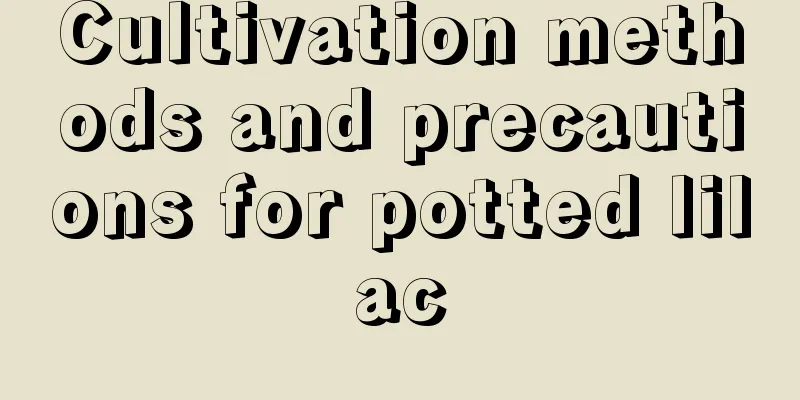Home cultivation methods and precautions for cornflowers

Farming methodsPot soil requirementsCornflowers prefer loose, fertile, well-drained sandy loam. Therefore, the soil in the cornflower pot should be well-drained and ventilated. If the soil is too sticky, you can mix it with sawdust or pearl stone to improve it. A mixture of garden soil, leaf mold, wood ash, etc. is the best choice for cornflower potting soil. Light ControlCornflower is a long-day plant that requires a longer period of light, so be sure to place the cornflower in a sunny place in winter. In winter, the daylight hours are relatively short, and sometimes cannot meet the needs of cornflowers themselves. You can use plant lights to supplement the lighting at night to help them bloom earlier. The sunlight is strong in the summer, so cornflowers should not be placed in direct sunlight. Pay attention to shading and just let them receive some scattered light. Water and fertilizer regulationIt is actually enough to water cornflowers once a day, but in the drier summer, you should water them more often, usually once in the morning and once in the evening, to keep the soil moist. This can also lower the temperature of the potted plants, but be careful not to allow water to accumulate. Cornflowers like a lot of fertilizer. If the leaves grow too lush, the amount of nitrogen fertilizer should be reduced appropriately, and more phosphorus and potassium fertilizers should be applied before flowering to make it bloom large and beautiful flowers. Pest and disease controlCornflowers have fewer insect pests. Just pay attention to water control, apply fertilizer appropriately, increase light and maintain ventilation. In serious cases, increase the spraying of insecticides appropriately. Breeding precautionsAvoid overcrowdingThe stems of cornflowers are very thin and weak, and they easily fall over. We must prevent them from growing too densely and causing lodging due to poor ventilation. Pay attention to proper fertilizationLiquid fertilizer should be applied once every 20 days during the growing season, but care should be taken not to apply too much nitrogen fertilizer. Instead, more phosphorus and potassium fertilizers should be applied. This will make the stems firm and produce brightly colored flowers. Pay attention to wateringAt the same time, watering should be moderate. Too much watering will cause root rot and affect the normal growth of the plant. |
<<: Calendula officinalis varieties
Recommend
What are the benefits of eating lettuce?
1. The efficacy of lettuce 1. Anti-aging: Lettuce...
How to grow Dancing Spring Flowers
1. Soil When growing dancing spring flowers, you ...
Does Chunlan prefer shade or sun?
Does Chunlan prefer shade or sun? Spring orchid i...
Does the grapefruit tree prefer shade or sun?
Does the grapefruit tree prefer shade or sun? Pom...
How often should I water the soil-grown green radish?
1. How often The frequency of watering varies wit...
How to propagate mulberry trees and what to pay attention to
Mulberry tree reproduction method There are only ...
The best way to store Chinese cabbage Tips for storing fresh Chinese cabbage at home
How to store Chinese cabbage The lowest temperatu...
Growth environment conditions and characteristics of Podocarpus
Podocarpus growth environment conditions and requ...
The flowers in the office are turning yellow and withering, and it’s all because of your little actions!
Pour the remaining tea directly into the flower p...
Champagne Rose Flower Language
1. Flower language introduction Its flower langua...
What month is suitable for planting cherry tomatoes?
When to plant small tomatoes In the northern regi...
What to do if you water azalea too much
Overwatering azaleas If the azaleas are overwater...
Is the Areca palm suitable for the living room?
1. Clean Air When plants breathe, they absorb tox...
How many pounds does kohlrabi produce per mu?
Kohlrabi yield per mu Kohlrabi is also called wil...
Potato planting technology and management methods
Potatoes, also known as potatoes, are a versatile...









